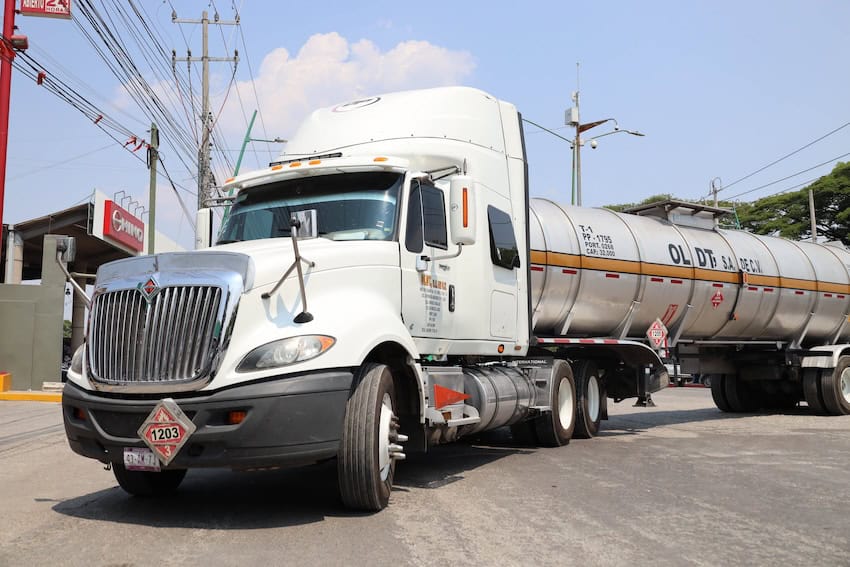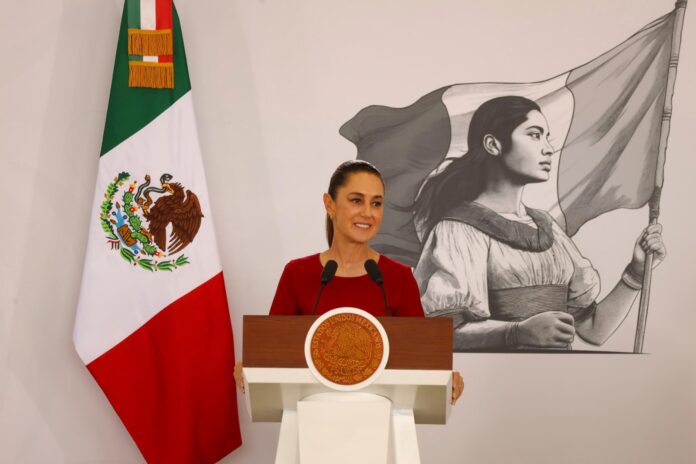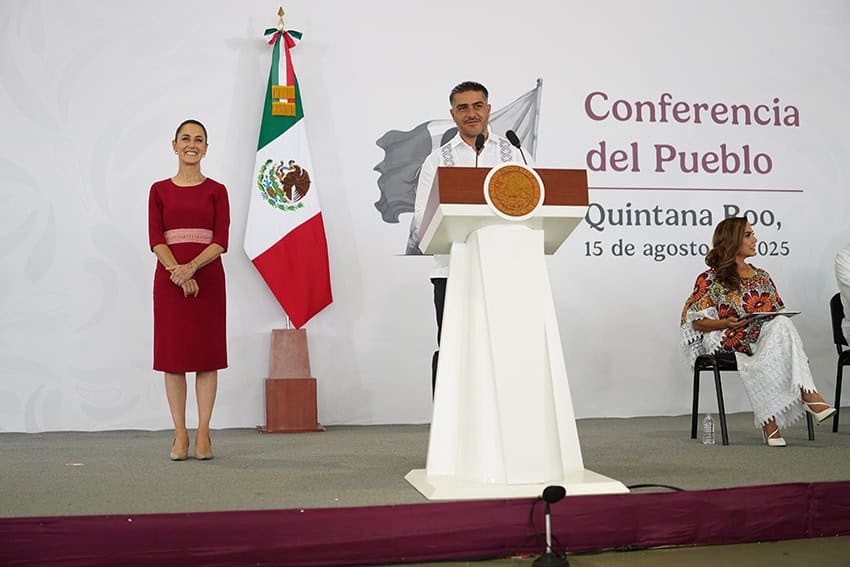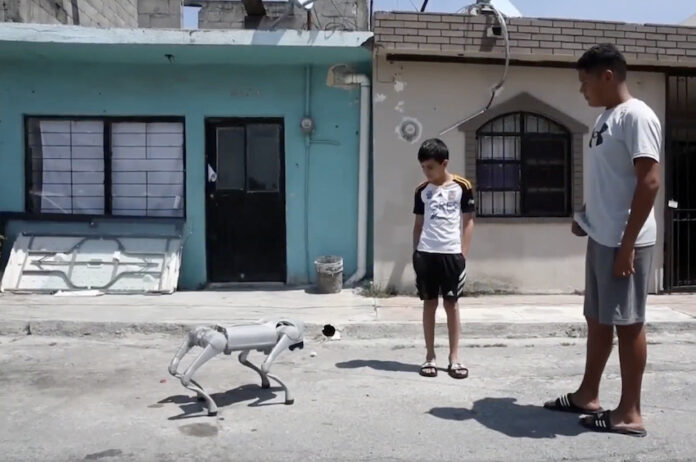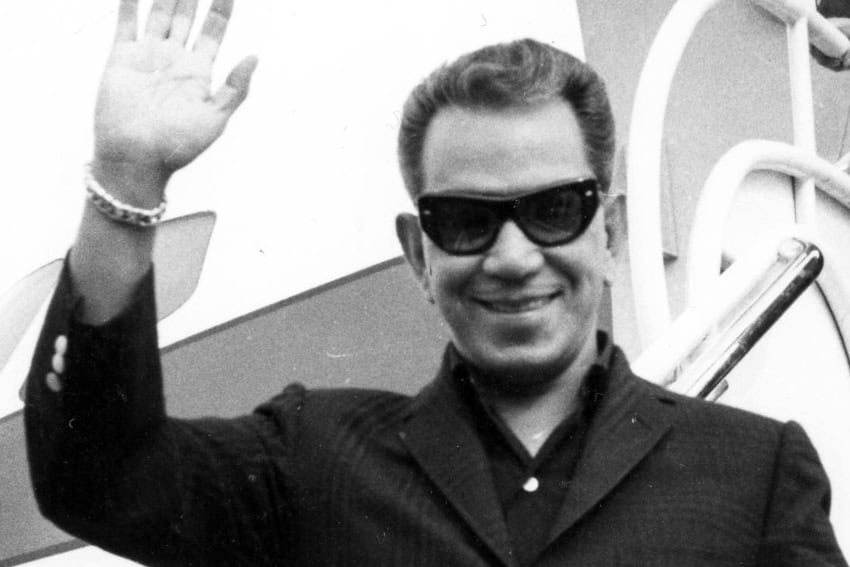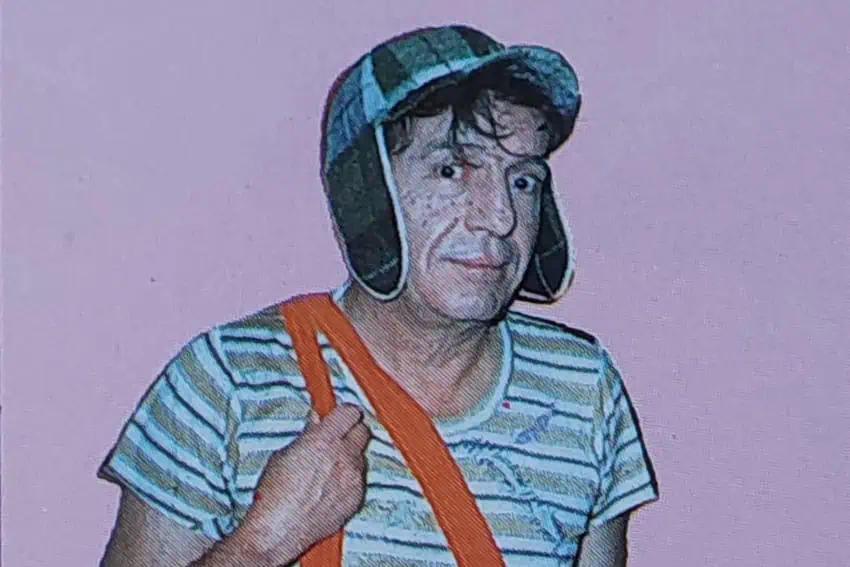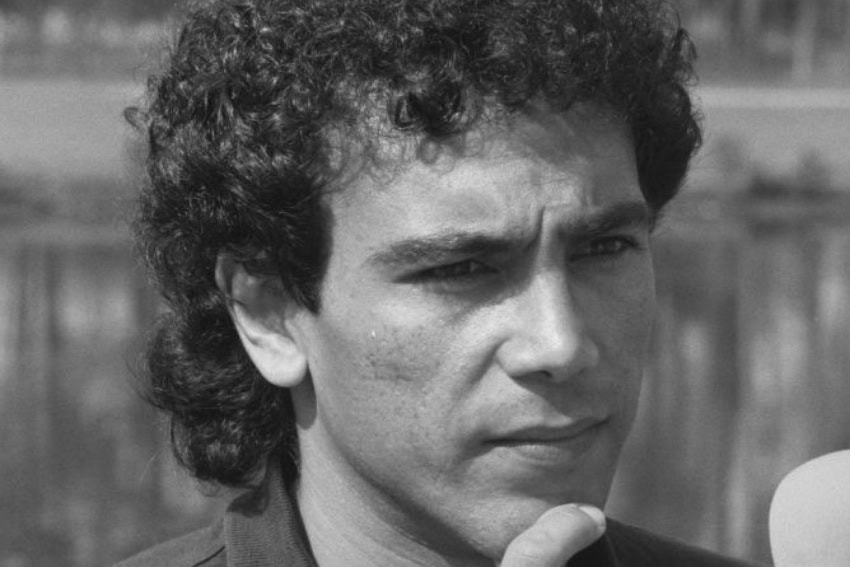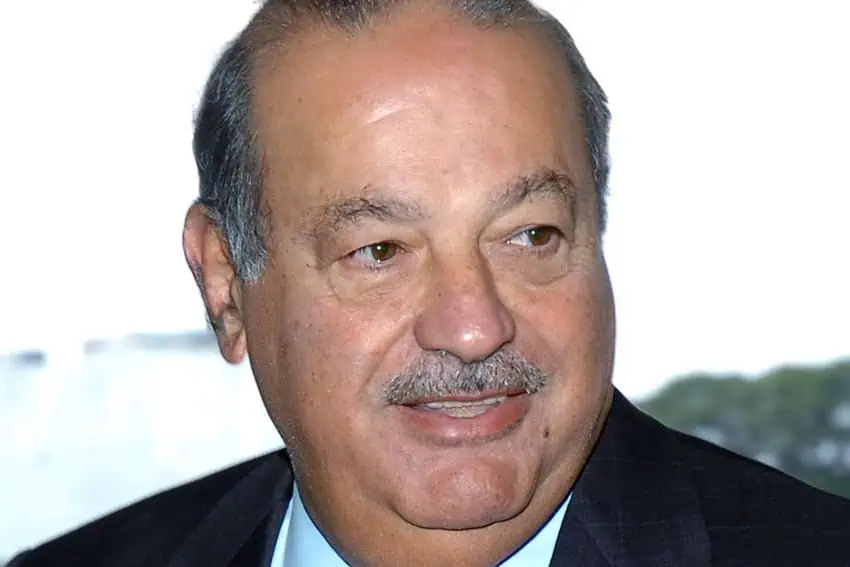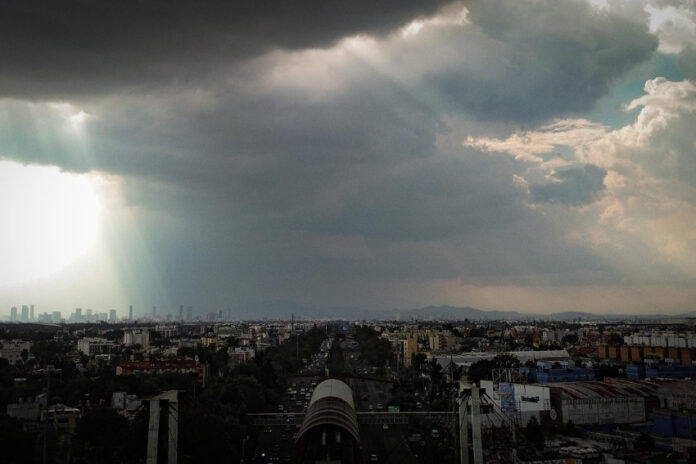People not from San Miguel de Allende tend to roll their eyes when they hear about the city winning yet another award for best place to live. I can’t tell you how many times I have heard people say, “Someone once again paid off the Travel + Leisure team.” Countless others shrug the city off with a “lots of old gringos, no thanks, not for me” type generalization. These kinds of reactions frustrate me as they are both misplaced and incorrect.
To begin with, less than 10% of the San Miguel population is foreign born. For some perspective, the entire United States is 16% foreign born and Canada is 22%. I recently wrote about how the actual foreign-born population in Mexico is still exceptionally small. Another trend here is a lot more families — both foreign and Mexican — with young kids. Mexicans from across the country and from across the economic spectrum are moving to SMA and the city is frequently packed with Mexican tourists.
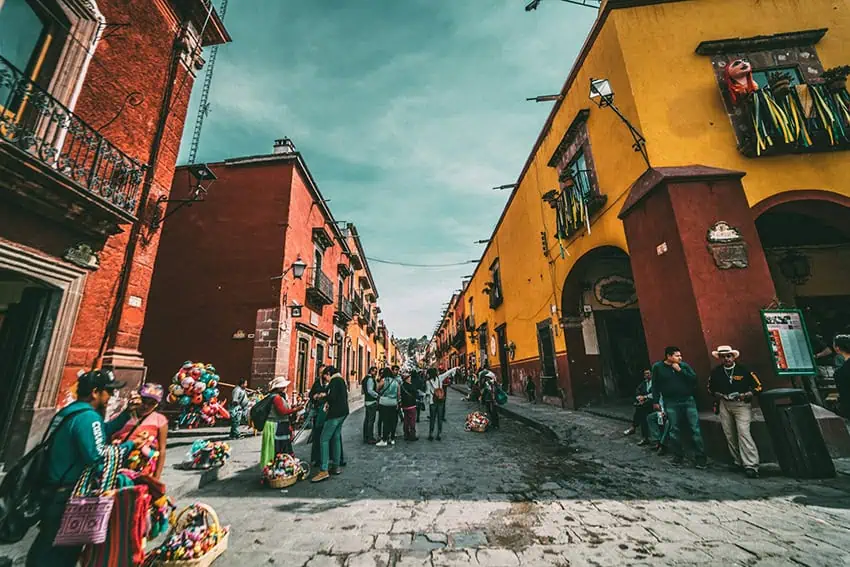
To those that roll their eyes or assume nefarious actions each time the city wins another award, I challenge you — why not try to seek to understand what it is about SMA that is attracting so much praise and attention? Why not, instead of being so cynical, spend that energy trying to understand what might be the secret to SMA’s success? There might just be something that you are overlooking. Let me share my perspective on it.
After traveling to SMA for more than 20 years and now living here full time for 5-plus years, I think that I am increasingly figuring out the secret ingredient. It can be summed up in one simple sentence. I first heard this sentence from a fellow Argentine expat living here. He was providing counsel to a gringo friend who was complaining about things that needed attention in our neighborhood and in the city in general. After listening to his rant for a while, my Argentinian friend finally stopped him and said, “Amigo, I have an idea. Every time you are feeling frustrated about these things, why don’t you just say the following to yourself: “Ask not what your community can do for you, but what you can do for your community.”
It’s a very powerful statement and one that I am increasingly certain is the secret to what makes SMA so truly special. This town is filled with people who embrace exactly that mindset. It attracts people with that way of thinking and ultimately kicks out those that don’t. Another person here once told me, “SMA is a unique place. It pulls in a certain type of person very strongly and repels those that ‘don’t belong,’ with the latter quickly leaving.” Perhaps that is true of any place, but it feels to be the case even more so here. Let me give you just a few examples of what one finds everywhere here.
1. A local Mexican bakery chain here, Panio, donates their unused bread at the end of each day to the city’s street sweepers. I have never seen them advertise this, they don’t make a big deal out of it, they just do it. Why? Because it’s the right thing to do and the people they do it for are unsung heroes in the community.
2. An expat builder friend of mine from the United States is planning a large development outside of town. Before even breaking ground on the project, he began to make a significant positive impact in the community. Him and his wife quietly — I have never heard them promote this publically — started donating to a variety of local charities. One that helped fund water reuse and recycle projects for locals in the area. Another one that helps ensure that older people in the community are eating properly. Another that helps build small homes for families in need in rural areas. And yet another one that helps fund art projects created by locals with disabilities. Most of these donations are done very discreetly. I have asked him why they have been so active in giving here. His reply: “Because San Miguel is a very special place.”
3. A Mexican family — a neighbor of ours — that each week pays for someone to clean, trim, water the trees and generally beautify the arroyo (river) running through our neighborhood. They have never made a big deal about it, never asked anyone else to help pay for it, never even told anyone that they do it. I only found out because one day I asked the man doing the work, “Who pays you?!” and he explained to me. This family, who doesn’t even live full time in SMA, could easily sit back and complain that it is the municipality’s job to do it, but instead, they choose to just quietly get it done.
4. An American woman who has volunteered for years as president of the local library. A thankless job with no pay and long hours, but one that has helped allow local families to have access to books and classes on topics like computers, language and art. The library is also the hub of the expat community here. She obviously gets no pay, no stock options, no end of the year bonus, no fancy recognition — she just does it out of an understanding and passion for the importance of the library to the community.
5. An American expat friend who quietly supported a local bakery owner and his wife. The owners, upon experiencing initial success in their two-table establishment, decided to upgrade to a larger location. Given that the rent was much higher, they did not yet have the money to buy an automatic bread slicer. My friend, upon hearing this, gave them an interest-free loan that allowed him to get the slicer and begin offering this to their customers. They are paying my friend back little by little with credits, one purchase at a time, as he and his family make their usual purchases from the bakery.
6. The teamwork, commitment and dedication that I have observed from expat and local doctors working together to donate their skills and time to provide free medical care to those in the community in need. A truly beautiful display of selflessness with an incalculable impact on each patient and family. And they do their work diligently, professionally and quietly.
7. A Mexican colleague at MND whose family each year goes out to the local junkyard (the dump) during the holiday season and gives gifts to the children of the families that live and work there. Families that are in extremely difficult economic conditions, mostly unseen and unheard of, quietly working hard to get by. Yet another example of those who have the means unceremoniously helping those in need.
I could go on and on with literally hundreds of examples. I am not saying that other communities don’t have this kind of spirit — of course most do. But there is something special about the people that choose to live in San Miguel. I am increasingly convinced that many of those that come here are wired to ask how they can make the community better instead of constantly complaining about what is not perfect. It is that active engagement, commitment, respect for each other and common sense of purpose that unites the entire community and makes it so special to those that live here. And best of all, it’s a contagious spirit that infects most everyone living here.
If you are already living in Mexico or considering coming here to live, I highly recommend embracing the words of wisdom of my Argentine neighbor: “Ask not what your community can do for you, but what you can do for your community.” I am certain that doing so will greatly enhance your experience living here, make an impact in your community and make you feel welcome by the locals.
Travis Bembenek is the CEO of Mexico News Daily and has been living, working or playing in Mexico for nearly 30 years.



